First published in the United Kingdom in 2010 by
Batsford
Old West London Magistrates Court
10 Southcombe Street
London
W14 0RA
An imprint of Anova Books Company Ltd
Copyright Batsford 2010
Text copyright Paata Gaprindashvili 2010
The moral right of the author has been asserted.
All rights reserved. No part of this publication may be reproduced, stored in a retrieval system, or transmitted in any form or by any means electronic, mechanical, photocopying, recording or otherwise, without the prior written permission of the copyright owner.
First eBook publication 2013
eBook ISBN: 9781849940993
Also available in paperback
Paperback ISBN 9781906388652
This book can be ordered direct from the publisher at the website www.anovabooks.com
Contents
From the Author
Dear Reader,
Before you is a book dedicated to a very important problem, but one that has hardly been looked at in chess literature the problem of critical moments in the game.
The book consists of six chapters. Chapter 1 gives readers an idea of critical moments, the reasons for their occurrence, and acquaints them with their types. In the following Chapters 2, 3, 4 and 5 detailed analysis is given of critical moments, as well as a list of methods utilised by chess players at critical moments of the struggle. Each chapter contains a large number of exercises for independent solving. Many of these are not so easy, while some are rather difficult. But it is not so important how many positions you manage to solve, the importance of the work you do on the book lies in the process. You will have a better feel for critical moments. Your understanding of chess will rise to a higher level, also increasing your class of play. Apart from this, you will find quite a lot of advice and practical recommendations. For strong chess players as well, this is a good opportunity to practice, to hone your skills.
First, carefully review the introductory articles to all the chapters, then go back and start solving the puzzles. In this way, you will work your way through the first 152 exercises, after which you can go over to the Exercises chapter. Here there will be no tips. You will not know to which chapter the theme of this or that position relates, you yourself will have to deal with that and decide what to do. Run a pencil through the numbers of those exercises on which you have worked this will help you not to miss a single position. All the examples are from practical play. Unless otherwise stated it is White to play. (*) indicates the degree of difficulty of the exercise.
It is desirable to solve the positions on a chessboard (and not from the diagram), without moving the pieces and giving yourself a reasonable amount of time for reflection, i.e. to work in conditions as close as possible to practical play.
It is also necessary to mention that in the book we do not use such signs as (!?) interesting move and (?!) dubious move. The author considers that a move can be either neutral, or accurate (!), or strong !, or very strong !!, and, respectively, incorrect (?), weak ? and a blunder ??
Heres to your success!
1
Critical moments
A lmost every game has its own critical moments. Moments, where you have to decide questions about the initiative, advantage, where situations of conflict arise. Such moments have great significance, having an influence on the further course of the struggle. In games there will usually be 2-3 critical moments. They will arise in very different situations, but most frequently during 1) the struggle for the initiative; 2) development of the initiative, creation of the attack; 3) delivery of a decisive blow.
Tal Bilek
Miskolc, 1963

The opponents have come out of the opening. Black must solve the problem of his queenside development. 13 b5 is no good for this purpose because of 14 dc! (after 14  xa8?
xa8?  b7 Black stands better)
b7 Black stands better)  b7 15 c6
b7 15 c6  xe5 16 fe
xe5 16 fe  xc6 17 ef
xc6 17 ef  xf3 18 fg
xf3 18 fg  fd8 19 gf with advantage for White here three minor pieces are superior in strength to a queen. Therefore the strongest continuation was 13 b6! 13 cxd4? Essentially an incorrect decision, since with this exchange he enhances the activity of the opponents pieces.14
fd8 19 gf with advantage for White here three minor pieces are superior in strength to a queen. Therefore the strongest continuation was 13 b6! 13 cxd4? Essentially an incorrect decision, since with this exchange he enhances the activity of the opponents pieces.14  xd4
xd4  xe5
xe5

The first critical moment. How to capture? 15 fxe5! With this capture and the associated pawn sacrifice White gains: 1) space to activate his pieces (the knight obtains the central square e4, the rook the e- and f-files); 2) time (Black has to spend some time in order to eliminate the important e5 pawn); 3) a weakening of the opponents kings cover (a capture on e5 inevitably leads to the exchange of his dark-squared bishop). In short, the move in the game creates real prerequisites for the seizing of the initiative. The other capture 15  xe5, allows Black after 15
xe5, allows Black after 15  b6+ 16
b6+ 16  h1
h1  d7 and 17
d7 and 17  c6 to complete his development comfortably and solve his opening problems. 15
c6 to complete his development comfortably and solve his opening problems. 15  d7 16
d7 16  e4! Just in time! The opponent threatened with the move 16
e4! Just in time! The opponent threatened with the move 16  c5! to neutralise the white knight an important attacking piece. 16
c5! to neutralise the white knight an important attacking piece. 16  xe5 Black cannot allow the invasion of the knight on f6. 17
xe5 Black cannot allow the invasion of the knight on f6. 17  xe5
xe5  xe5 We get the impression that I.Bilek, in going in for this position, assessed it as being quite pleasant for him. However, White, having the initiative, has a way of increasing the pressure.
xe5 We get the impression that I.Bilek, in going in for this position, assessed it as being quite pleasant for him. However, White, having the initiative, has a way of increasing the pressure.


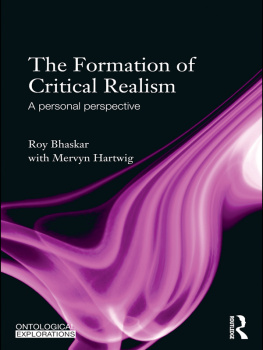
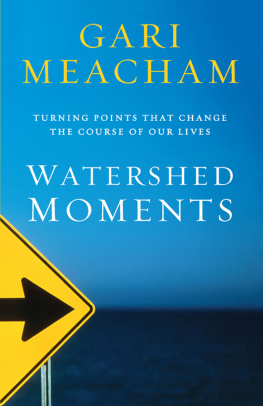
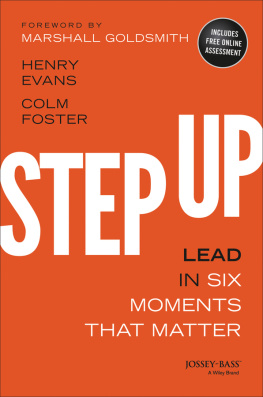



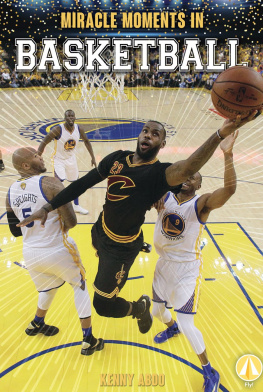
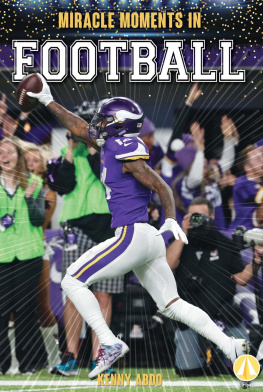

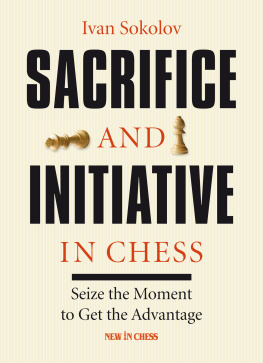
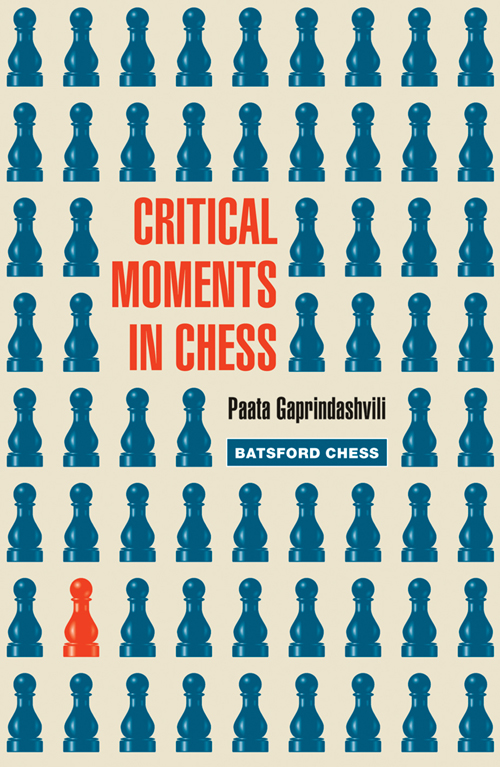
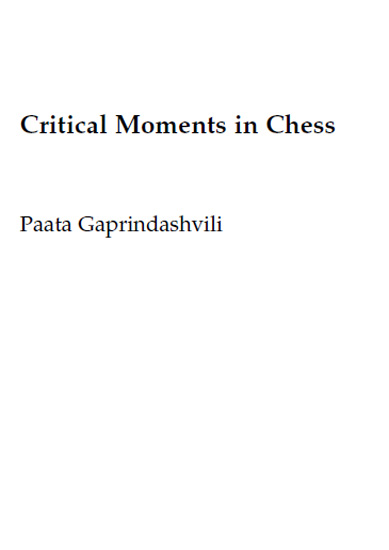

 xa8?
xa8?  b7 Black stands better)
b7 Black stands better)  xe5 16 fe
xe5 16 fe  fd8 19 gf with advantage for White here three minor pieces are superior in strength to a queen. Therefore the strongest continuation was 13 b6! 13 cxd4? Essentially an incorrect decision, since with this exchange he enhances the activity of the opponents pieces.14
fd8 19 gf with advantage for White here three minor pieces are superior in strength to a queen. Therefore the strongest continuation was 13 b6! 13 cxd4? Essentially an incorrect decision, since with this exchange he enhances the activity of the opponents pieces.14 
 h1
h1